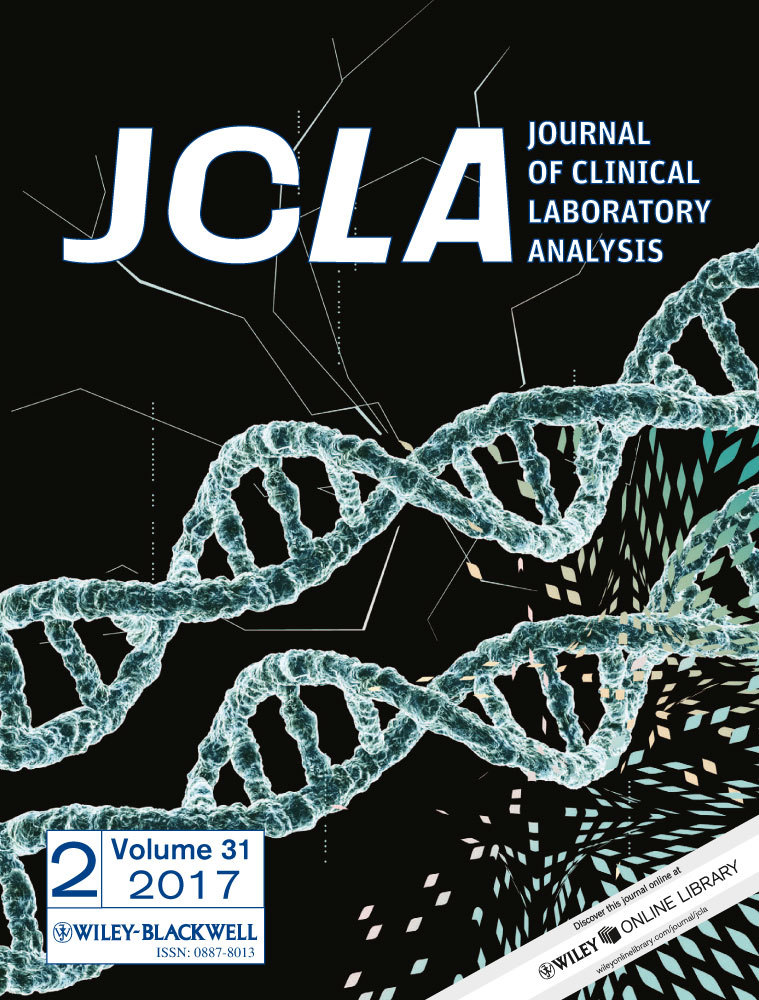The Podocyte Count Detected by an Improved Immunocytochemical Method has Higher Diagnostic Efficiency than Enzyme-Linked Immunosorbent Assay and Serum Cystatin C to Evaluate the Early Stage Damage of Glomerular
Abstract
Background
In renal diseases, earlier injury to glomerular may lead to the abscission of podocyte. The number of podocyte in urine may reflect the severity of glomerular damage. Podocalyxin (PCX) was considered as a podocyte marker. Many methods were used to detect podocyte. Applications of these methods were limited by tricky, expensive, and low accuracy. Here, we improved an immunocytochemical method to count the number of podocyte in urine.
Methods
In this study, we counted the numbers of podocyte in urine by our improved method and detected the PCX levels in urine by enzyme-linked immunosorbent assay (ELISA) in glomerulopathy patients and healthy controls. The serum levels of cystatin C (CysC), blood urea nitrogen (BUN), creatinine (CR), uric acid (URIC), and β2-Microglobulin (β2-MG) in all subjects were detected. Correlation analysis and diagnostic efficiencies comparisons among immuocytochemical method, ELISA, and the biochemistry index were also performed.
Results
The podocyte counts in patients were significantly higher than controls. Podocytes counts positively correlated with PCX concentrations and the serum CysC. The podocyte count had higher diagnostic efficiency than PCX concentrations detected by ELISA and serum CysC.
Conclusions
The podocyte count detected by our improved method had higher diagnostic efficiency than ELISA and serum CysC.




